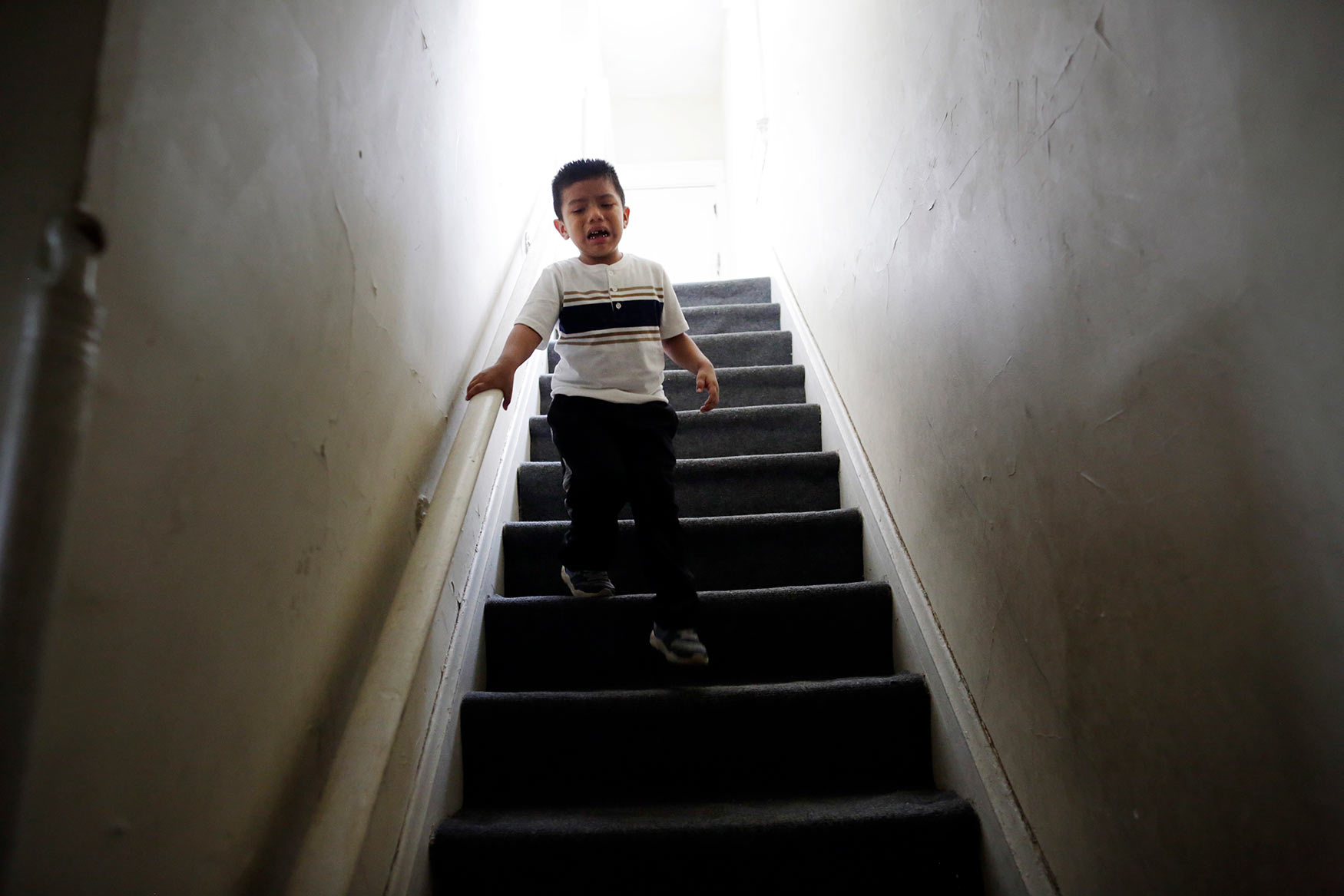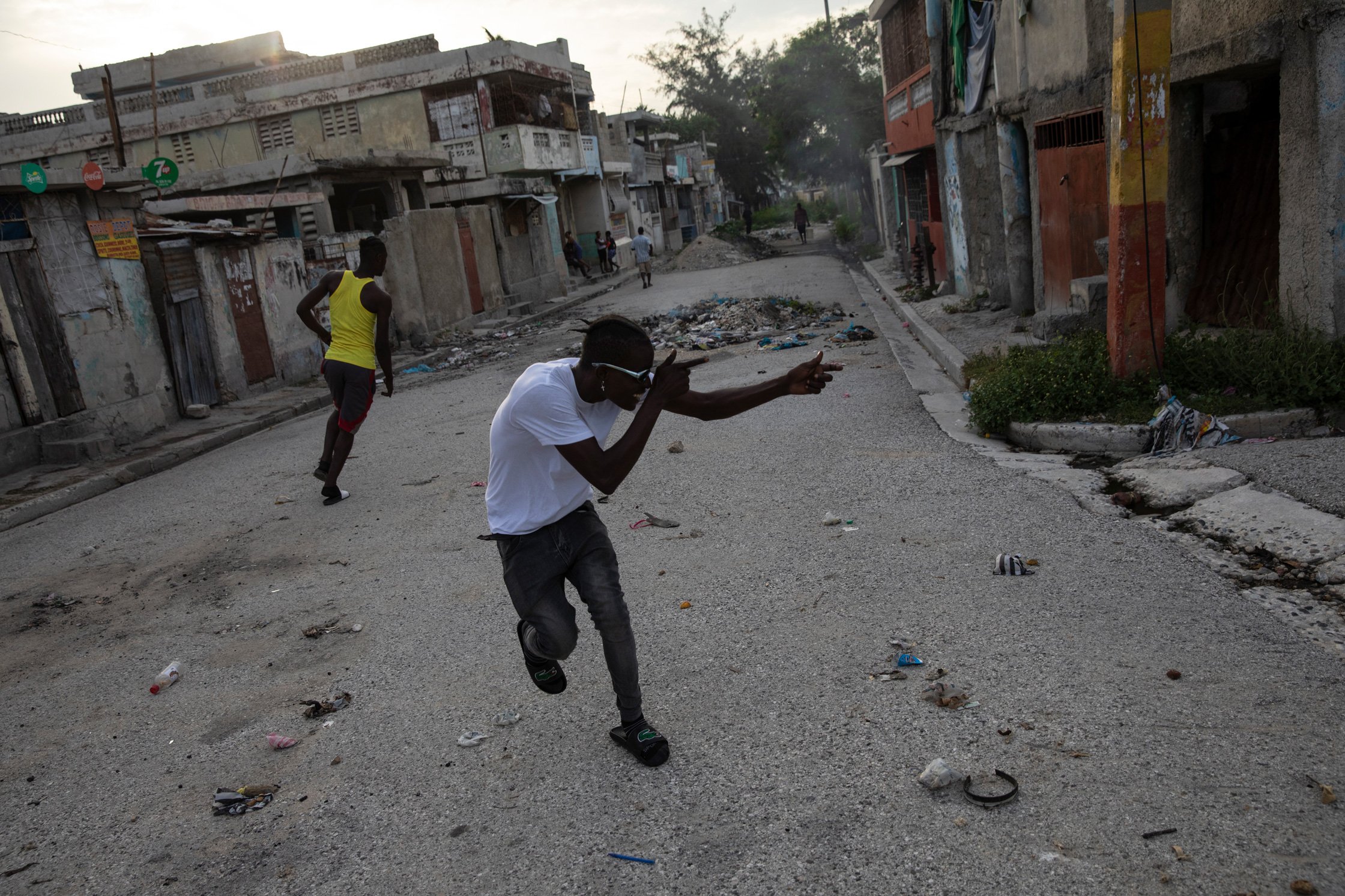What makes a good celebrity photo?
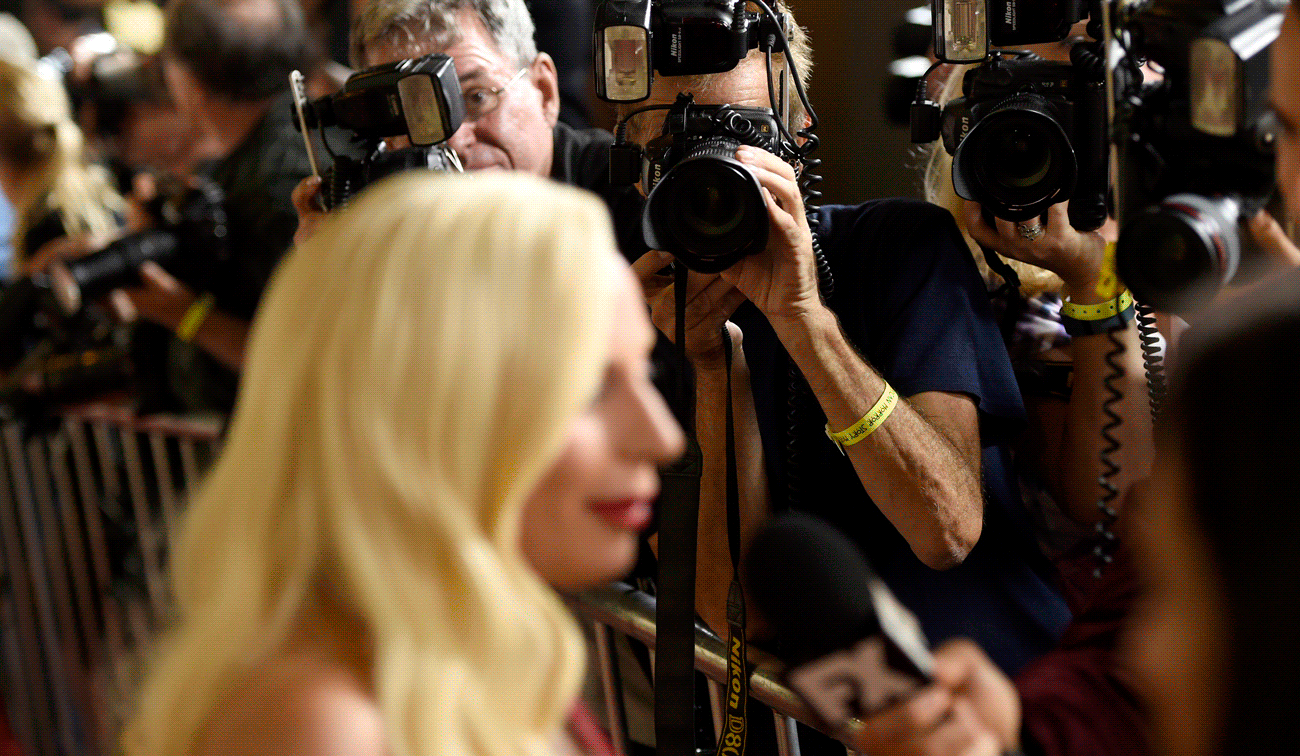
Ahead of of Sunday’s Oscars ceremony, we asked AP entertainment photographer Chris Pizzello to share some of his behind-the-scenes insight on what it’s like covering Hollywood, his reaction to capturing that viral photo during last year’s ‘EnvelopeGate’ and more.
Los Angeles-based photographer Pizzello grew up in Salem, MA and received a B.S. in Print Journalism from Boston University. After moving to Los Angeles in 1993, he shot news, sports, portraits and entertainment assignments for clients including AP, Reuters, ImageDirect, WireImage and the New York Daily News, as well as writing articles on film for American Cinematographer magazine. In 2008, Pizzello joined AP’s bureau in Los Angeles.
Pizzello has covered the Academy Awards, the Golden Globes, the Grammy Awards, the MTV Awards, the Sundance Film Festival, the Coachella Festival, the NBA Finals and MLB playoffs, among many other assignments.
“ I don’t think I’ll ever become cynical about shooting a one-on-one portrait with a legend like, say, Al Pacino. And if you do, it’s probably time to hang up the cameras.”
What makes a good celebrity photo?
CP: I would say that it’s not that different from good photojournalism. You need to have good lighting and composition, of course, but it’s the little spark of spontaneity that separates a good photo from a run-of-the-mill photo. It often seems like a lot of Hollywood events are engineered to prevent these spontaneous moments because they’re so stage-managed. Celebrities are standing and posing for you, after all. They know you’re there and they want to look good, but that’s sort of the fun challenge of the job - to get those little spontaneous moments that happen in the blink of an eyelash. It could be a wave, a gesture, a facial expression, or cast members reacting to each other on the red carpet. Like I always say, it’s easy to shoot Hollywood but it’s very, very difficult to make your work stand out from everybody else’s. There can be 25 to 30 photographers on a carpet pointing the lenses at the same exact thing. So when you get something that no one shot or even noticed, it’s pretty satisfying.
To flash or not to flash?
CP: Good question. One of my movie idols is the director Stanley Kubrick, who started out as a Look Magazine photographer. I remember reading an old interview with him where I think the reporter asked him something like, “How can an amateur photographer immediately improve his pictures?” And Kubrick’s answer was, “Never, ever, ever use flash.” Philosophically, I completely agree with him. I hate using flash. I think it makes photos look unnatural and I just prefer the look of available light. But the reality is that it’s usually necessary for 90-95 percent of red carpets. Basically, it’s a technical issue. Usually the lights illuminating the red carpet are not quite high enough and the second row of photographers on ladders block a bit of that light so that the celebrities are well-illuminated on their top half but the legs and their shoes go dark. And shooting full-length fashion is just a staple of this job. You have to do it. It’s what gets run in magazines and newspapers all over the world, so the only solution to this is flash on an unwieldy bracket-type device around your camera so that you don’t get ugly shadows behind their heads. I also always have a second camera on hand with a long lens and no flash and that’s where you get those candid pictures further down the carpet with the background thrown out of focus. Those are always my favorite pictures. The lighting at big studio premieres is usually pretty professional and the long lens pictures can look really nice, almost like studio portraits if you catch the right angle.
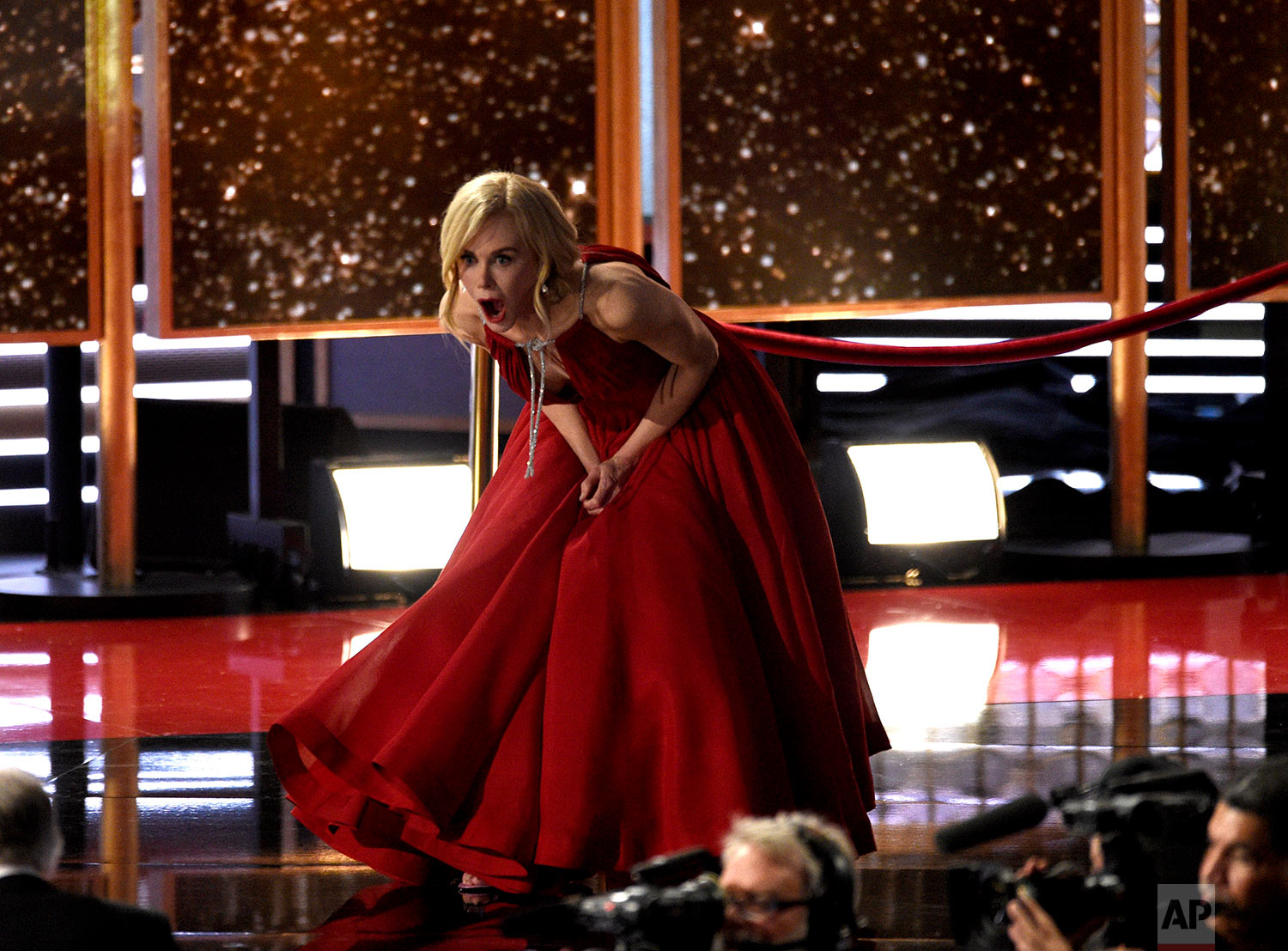
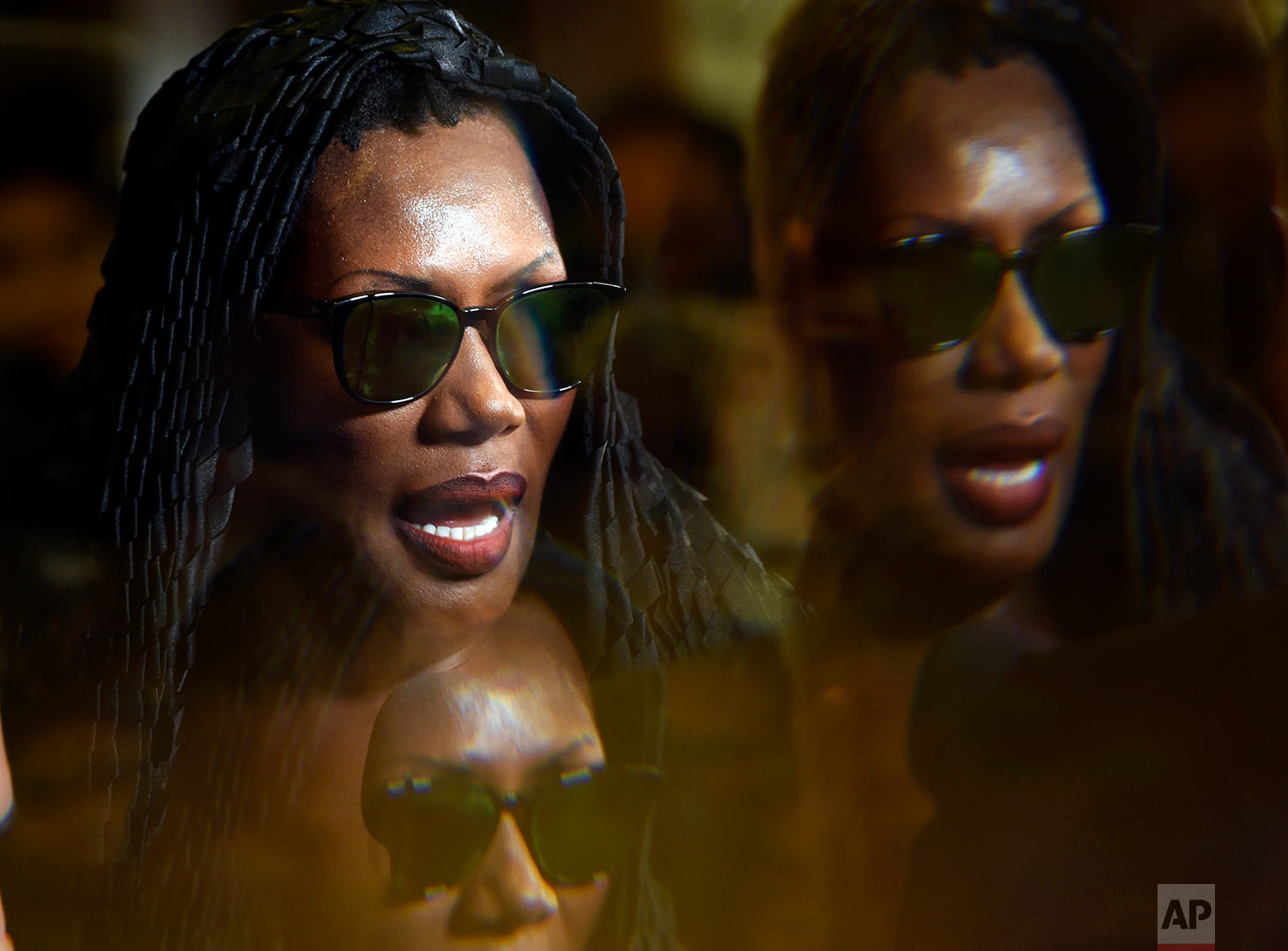
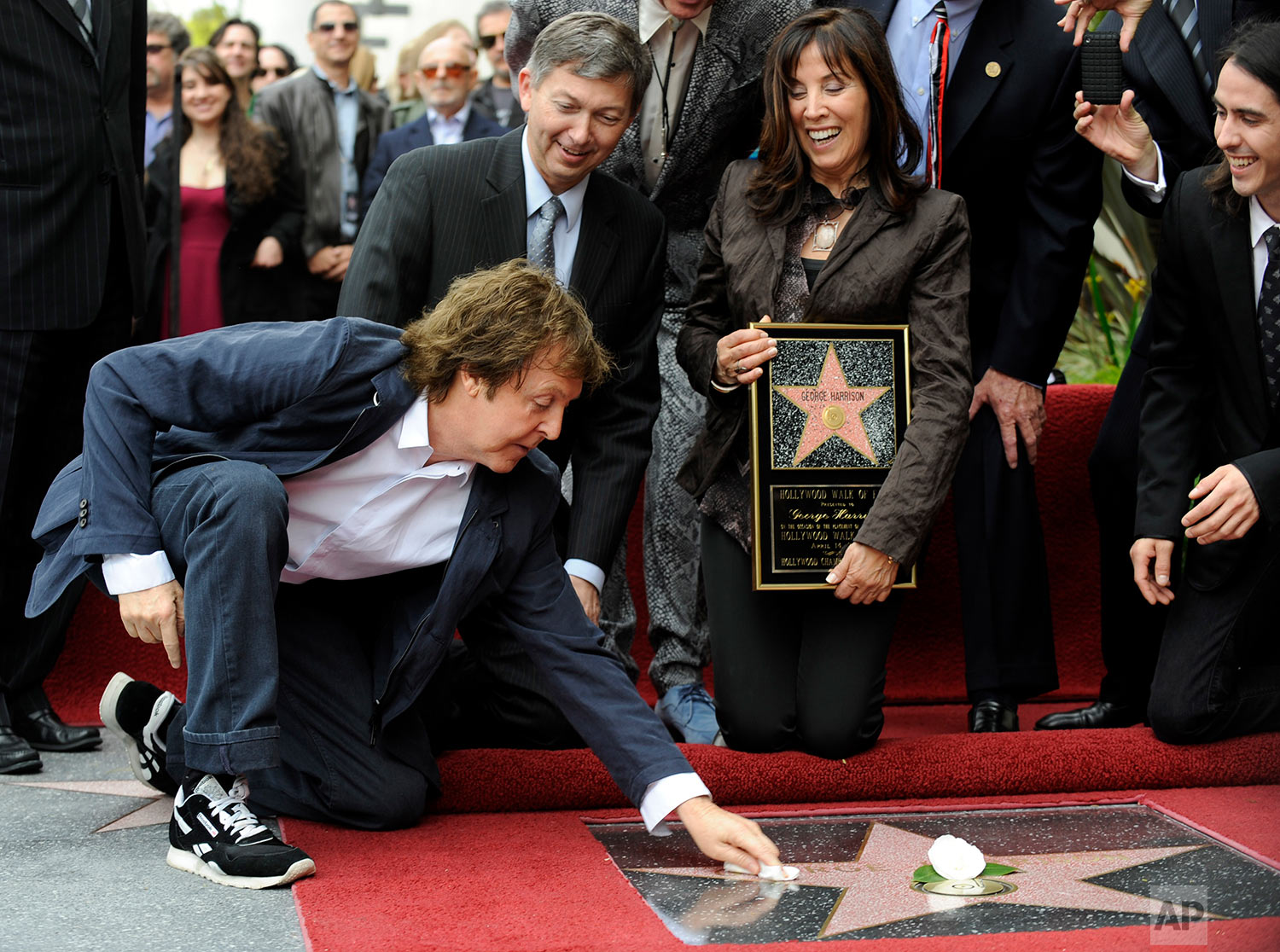
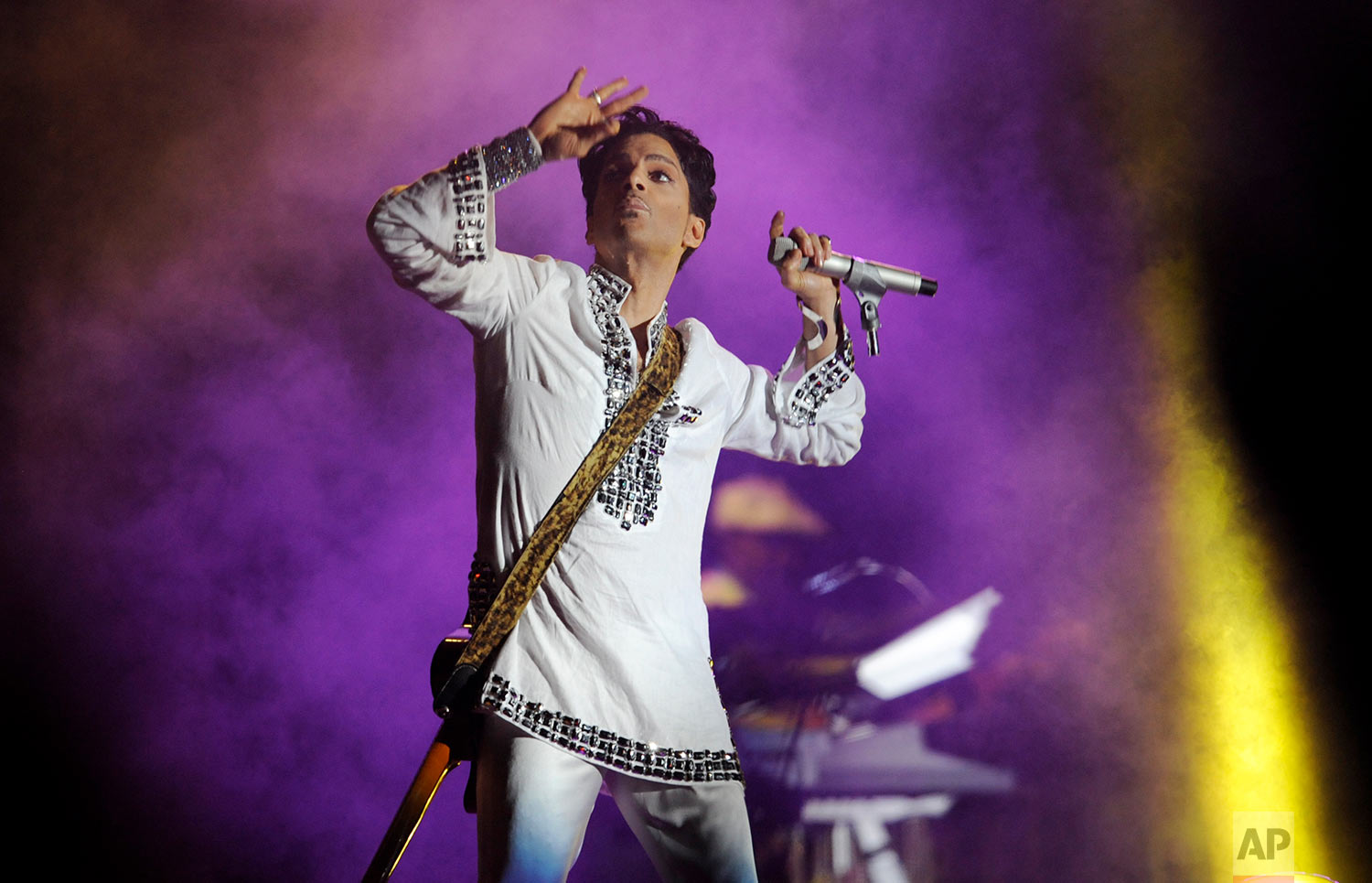

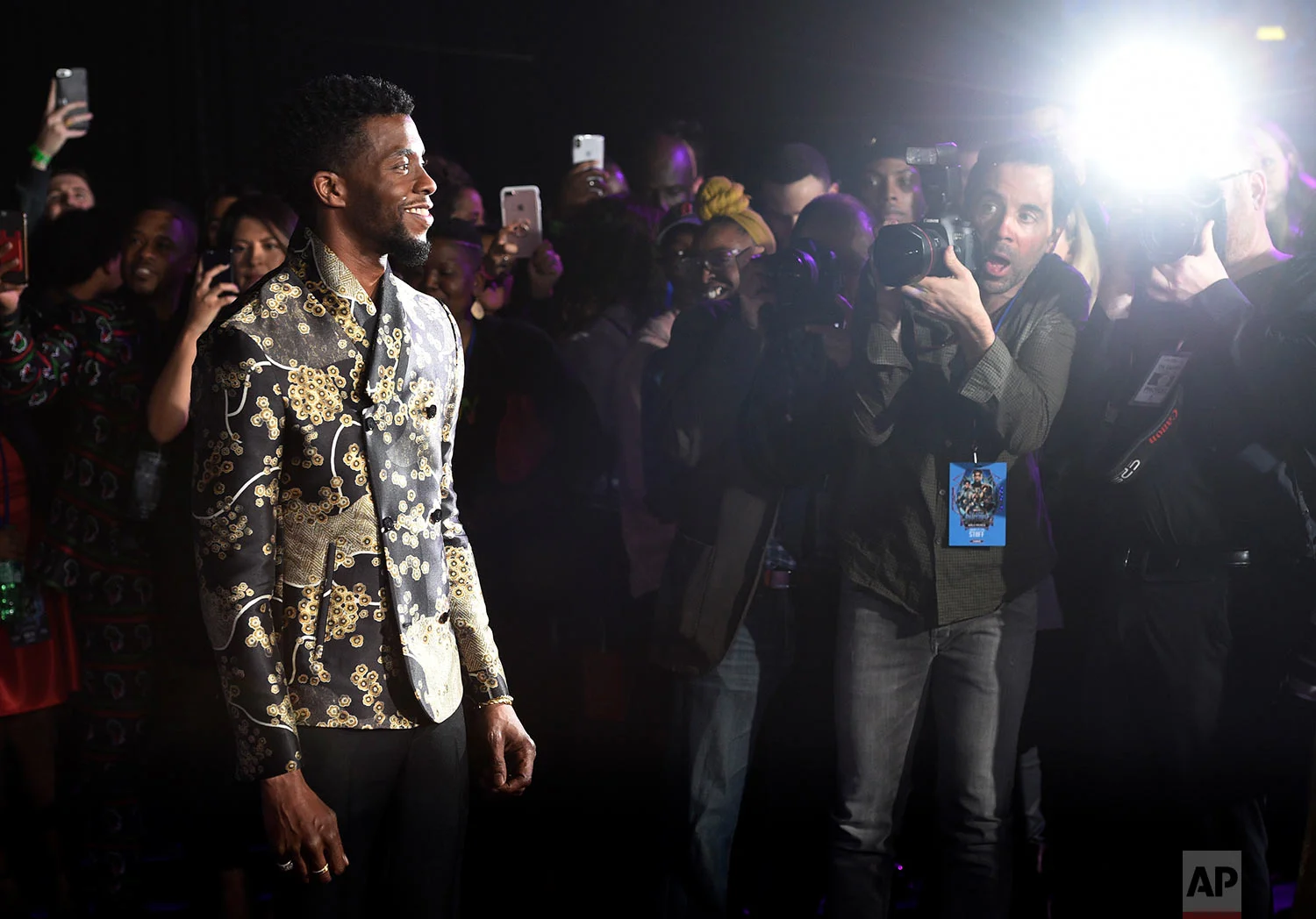

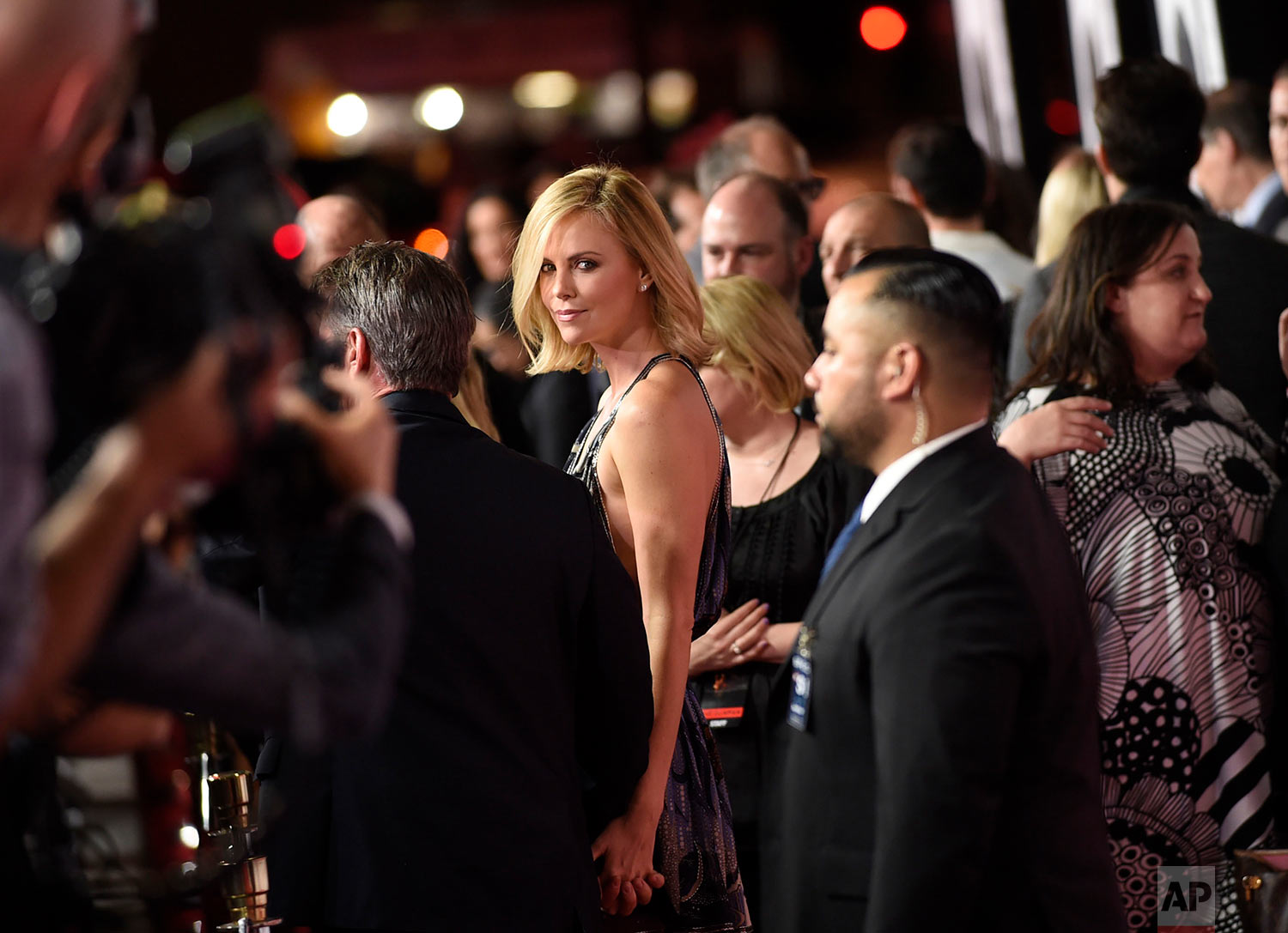
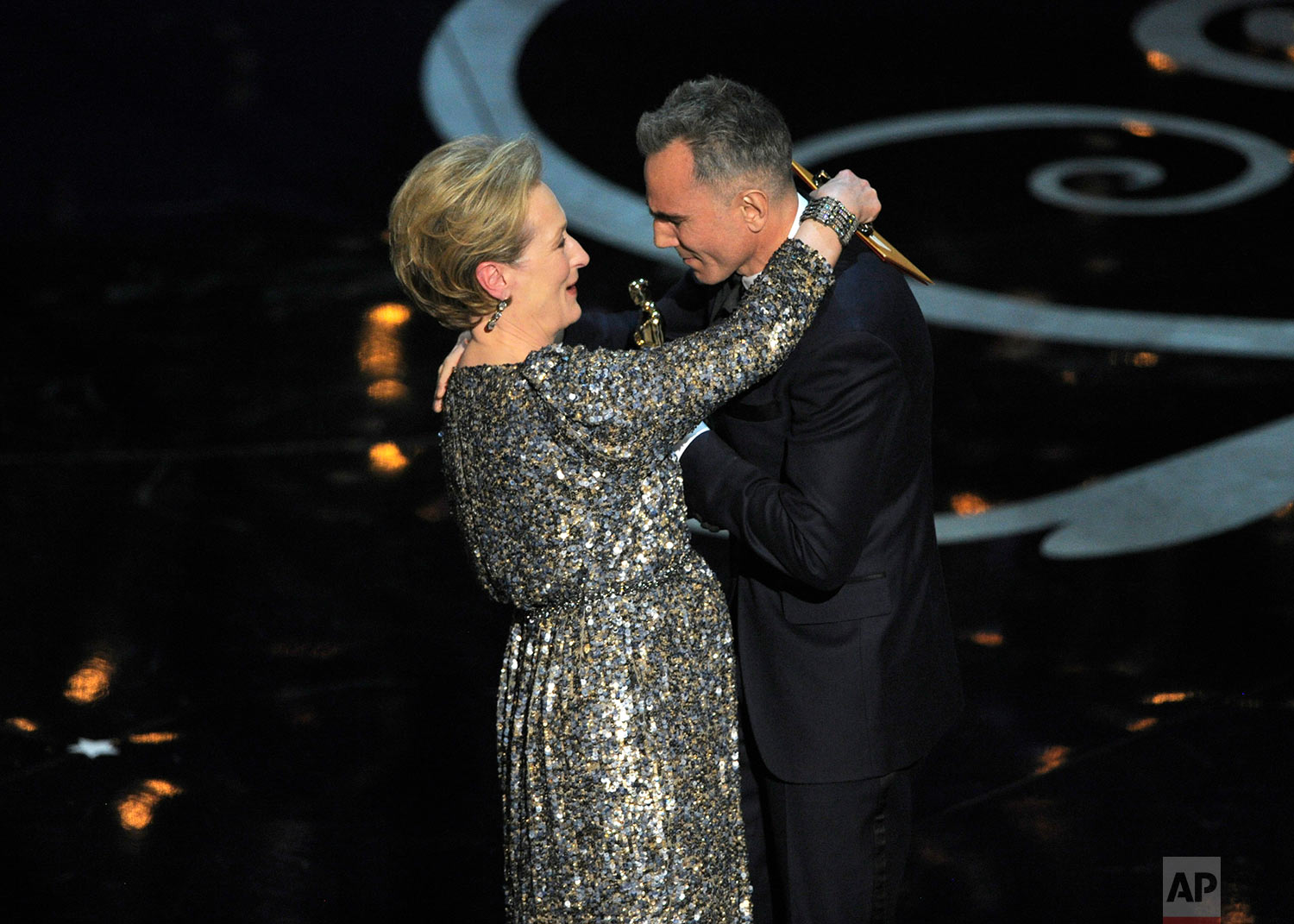
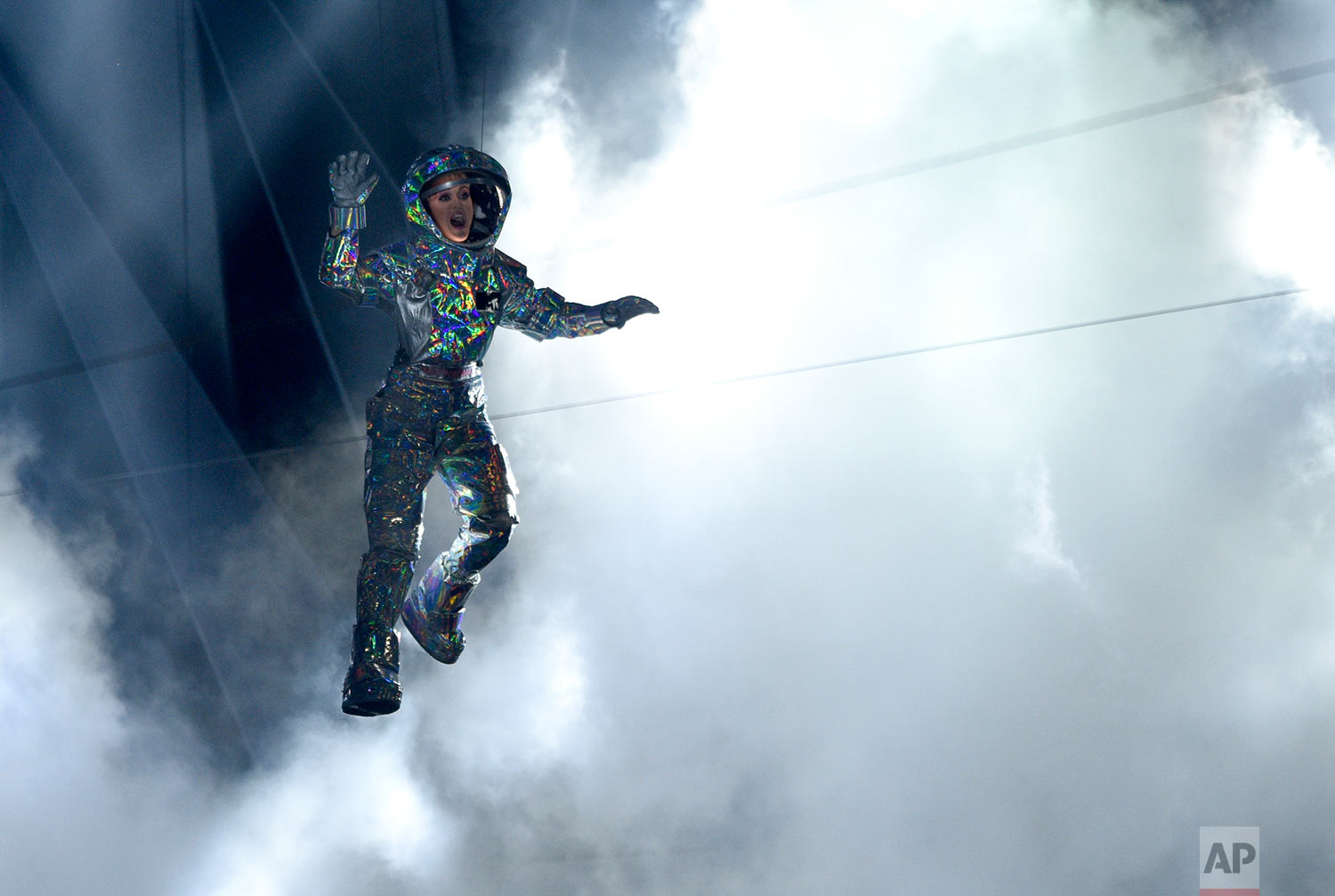
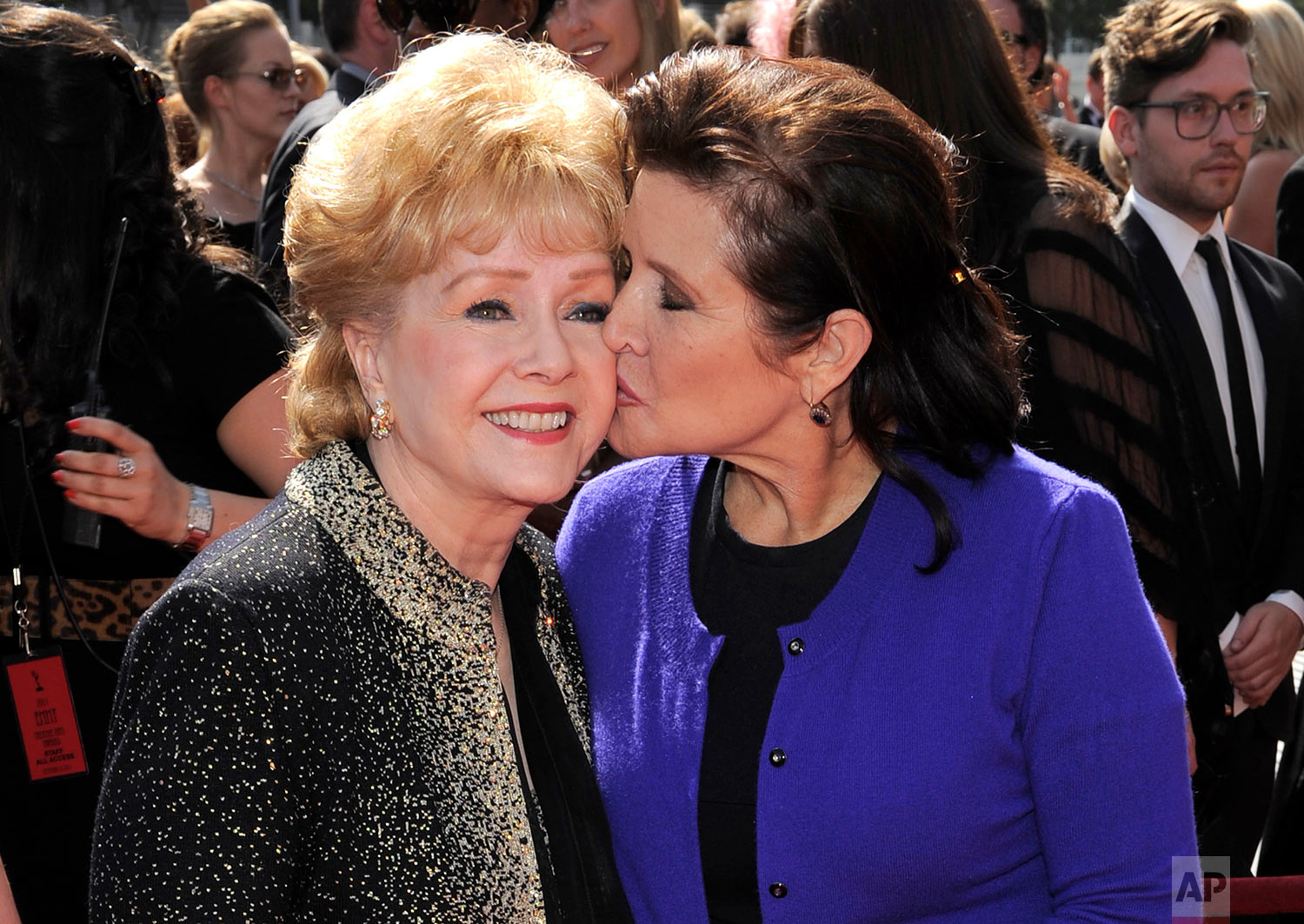
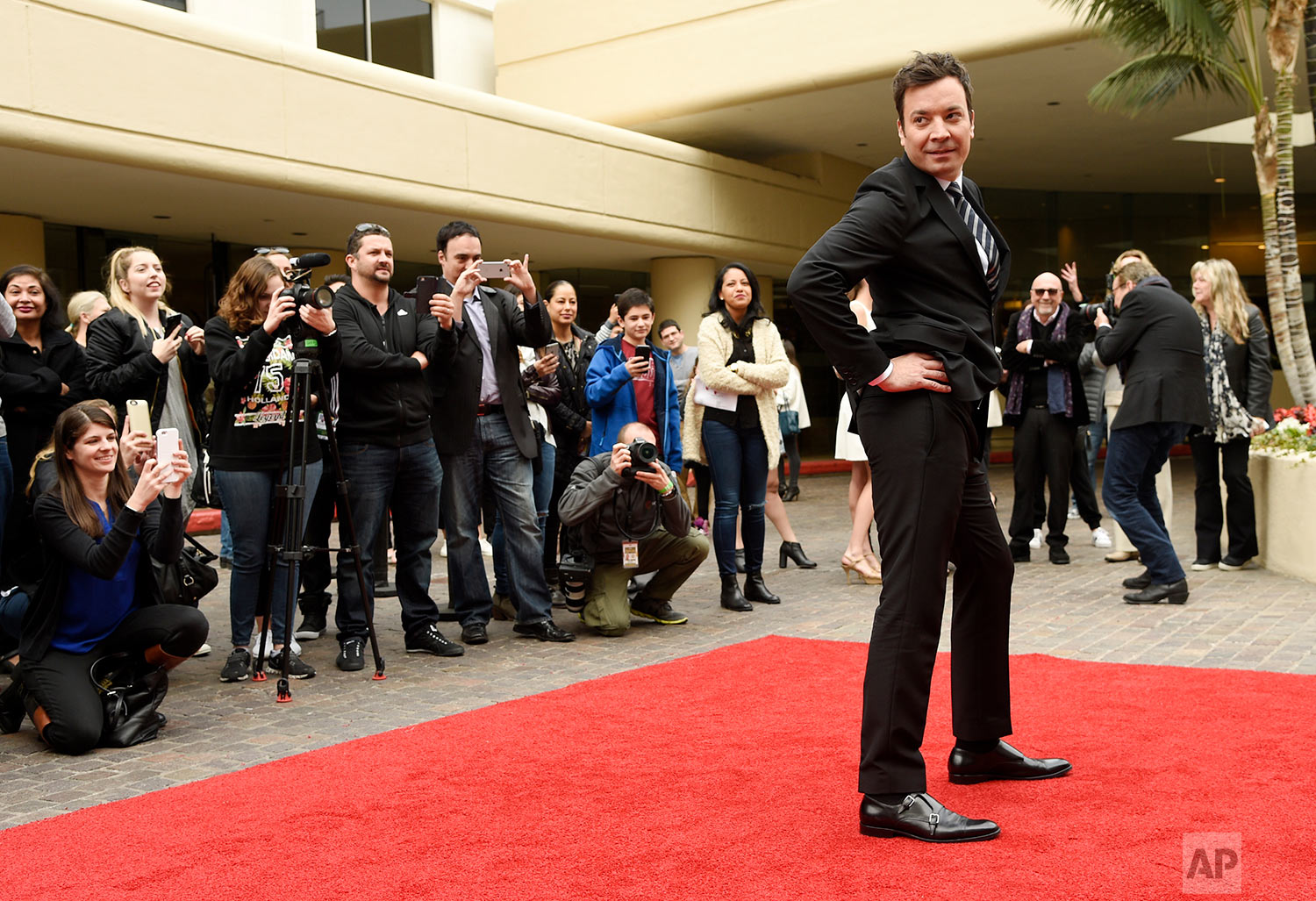
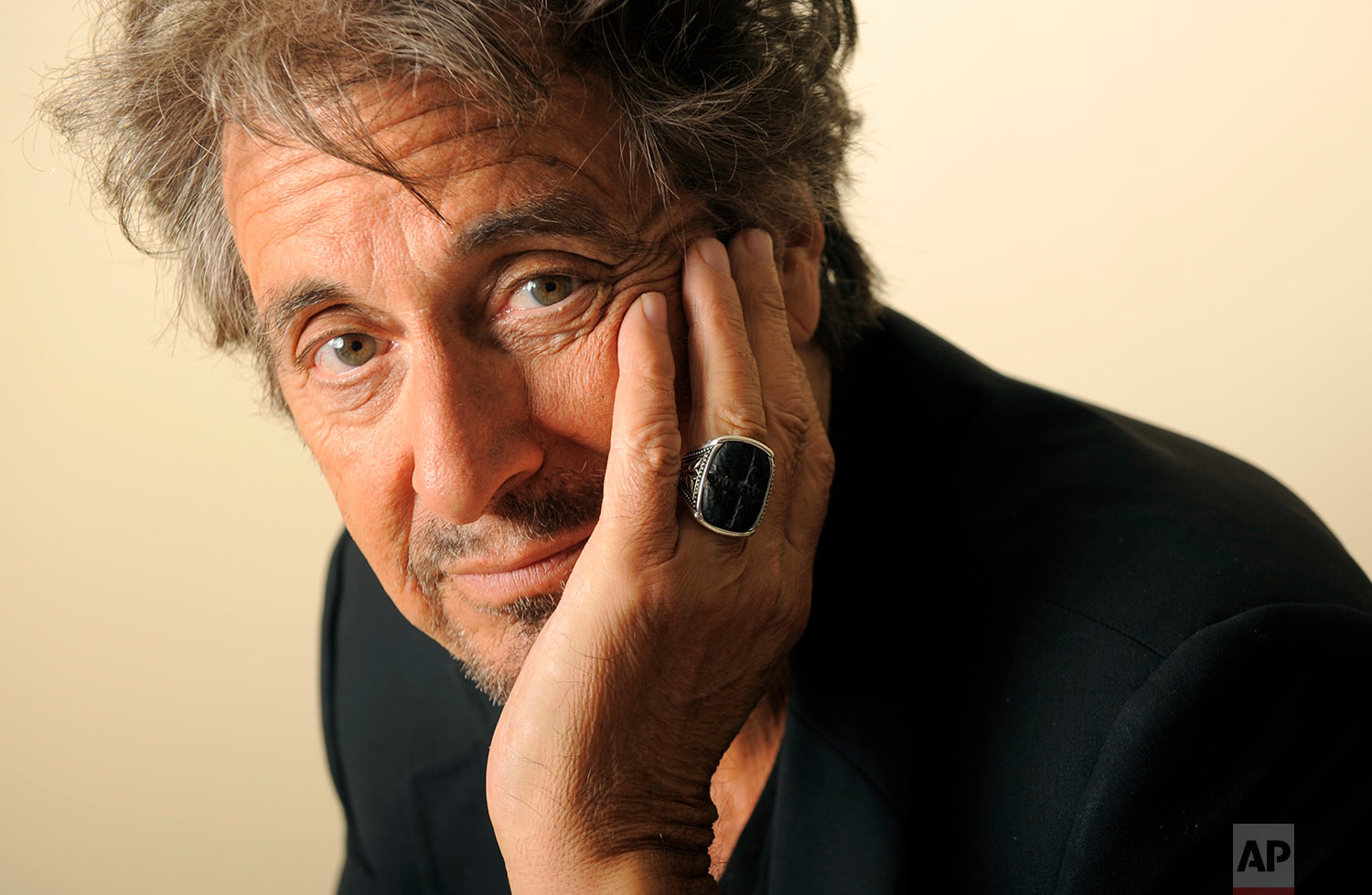
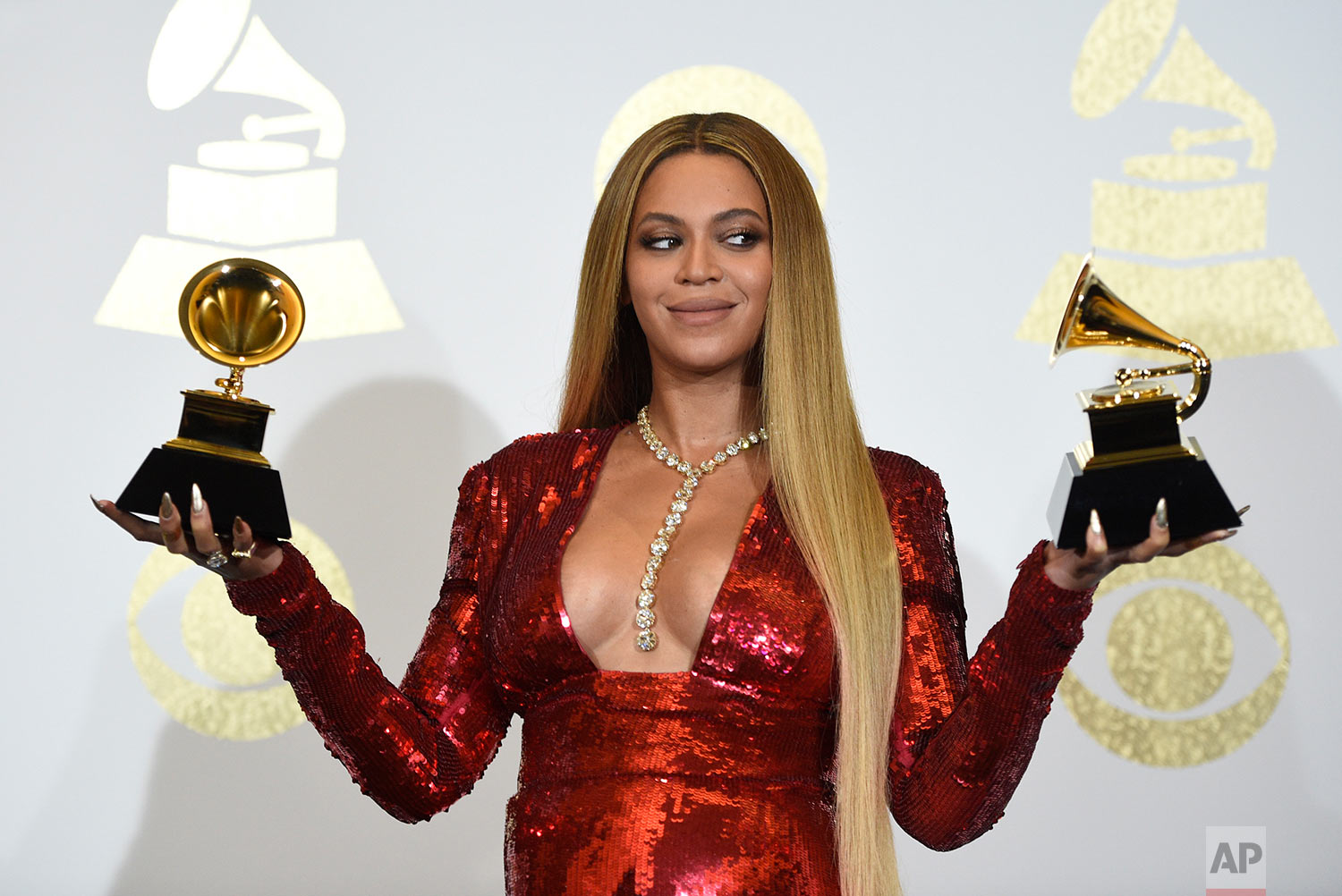
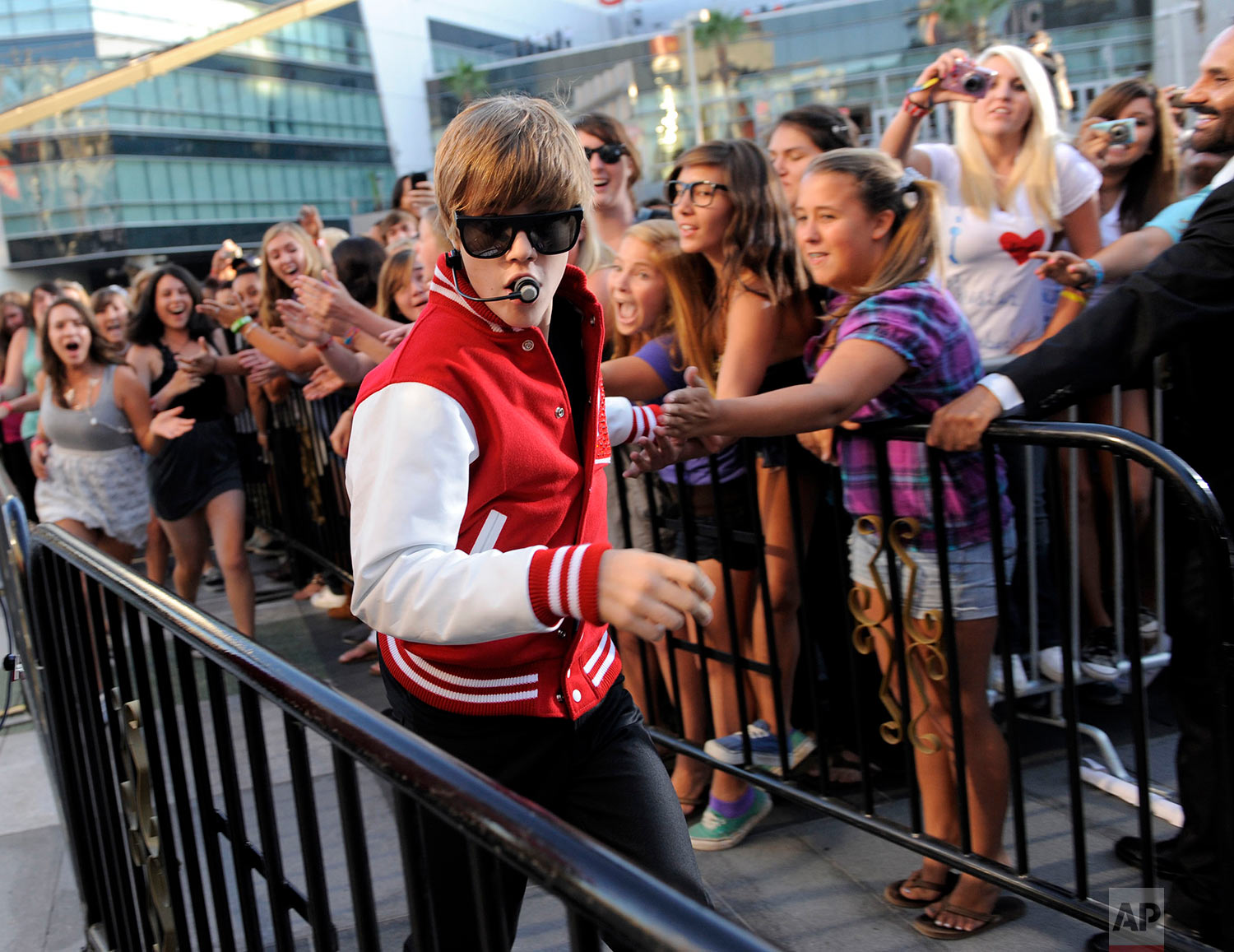
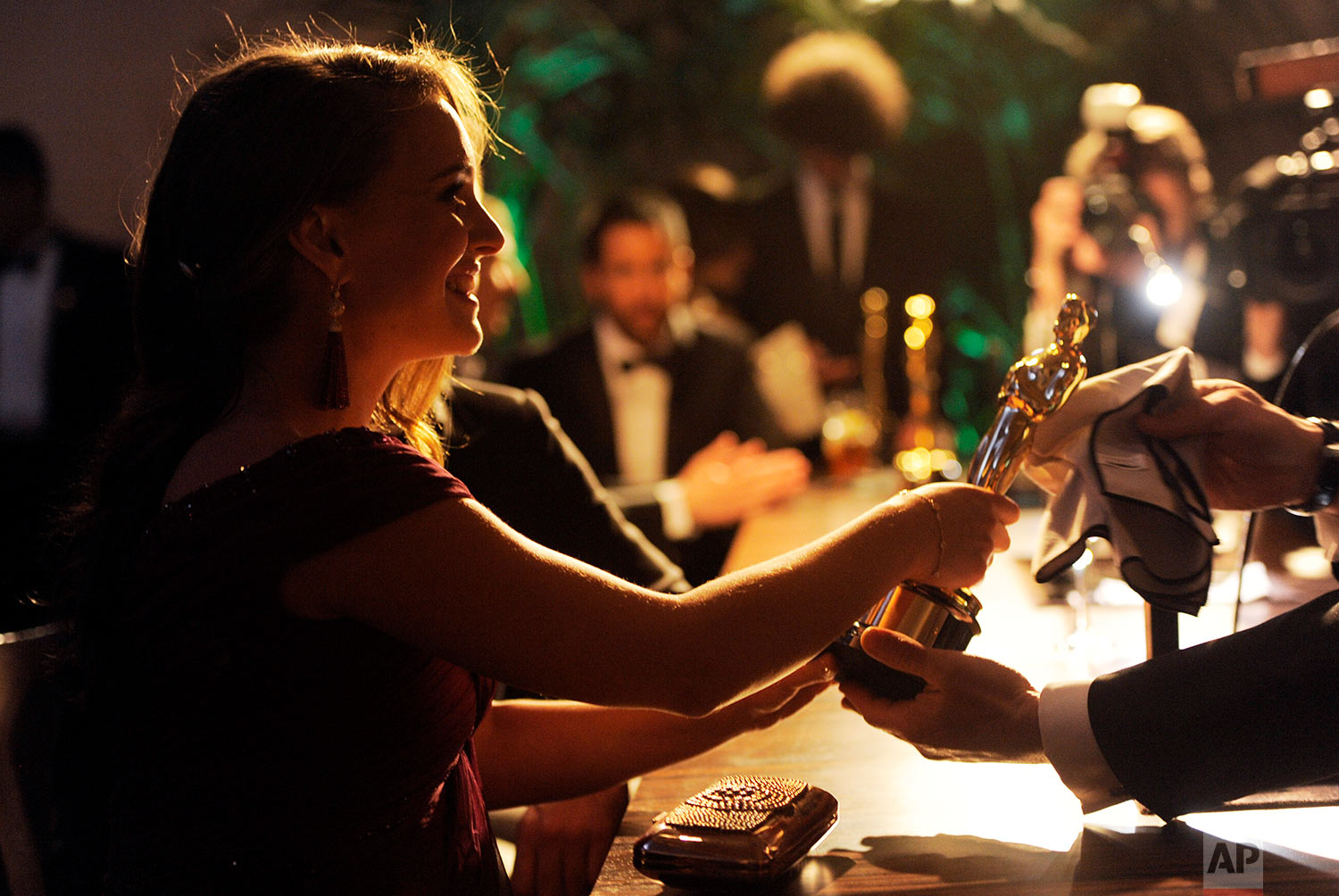
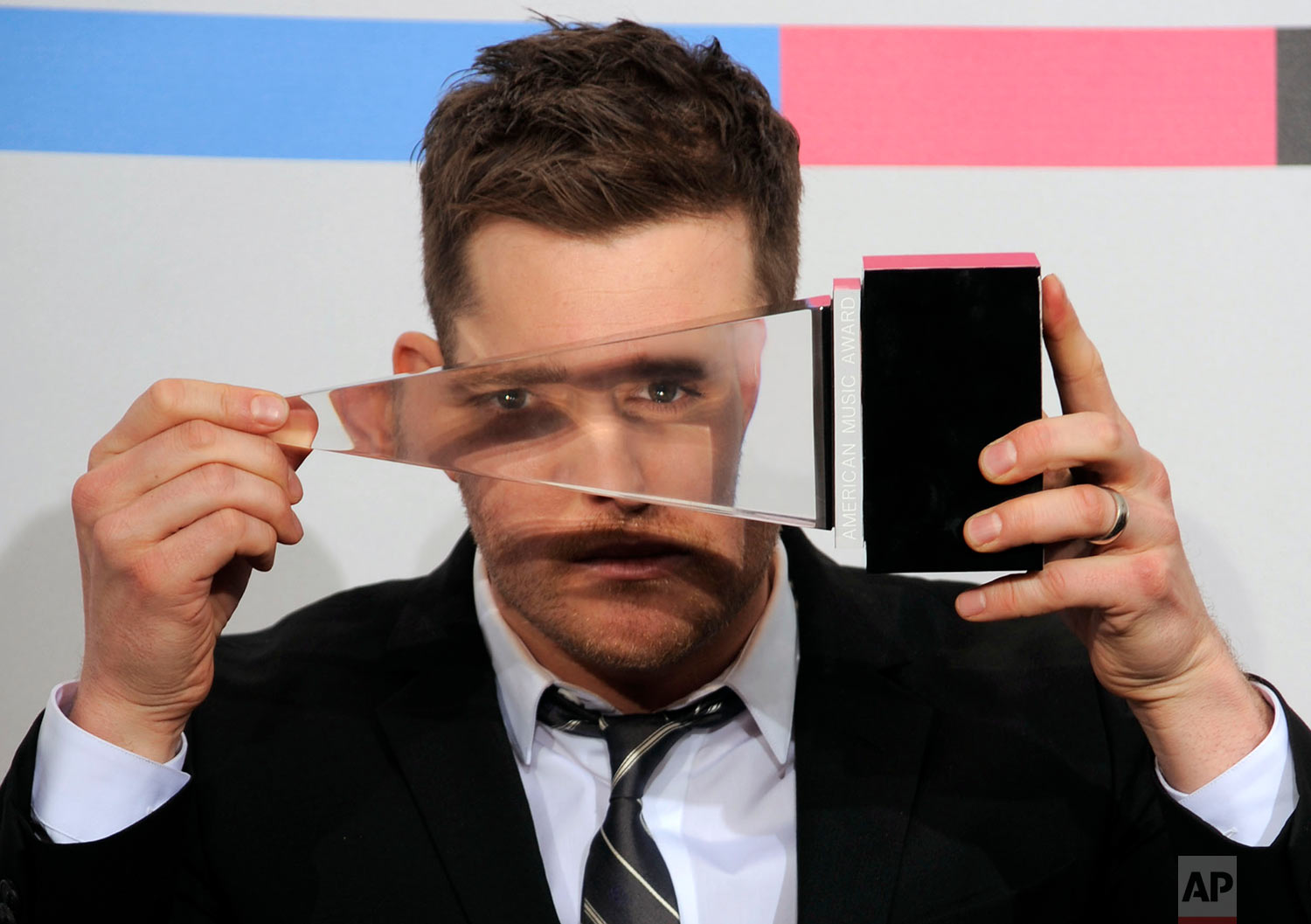
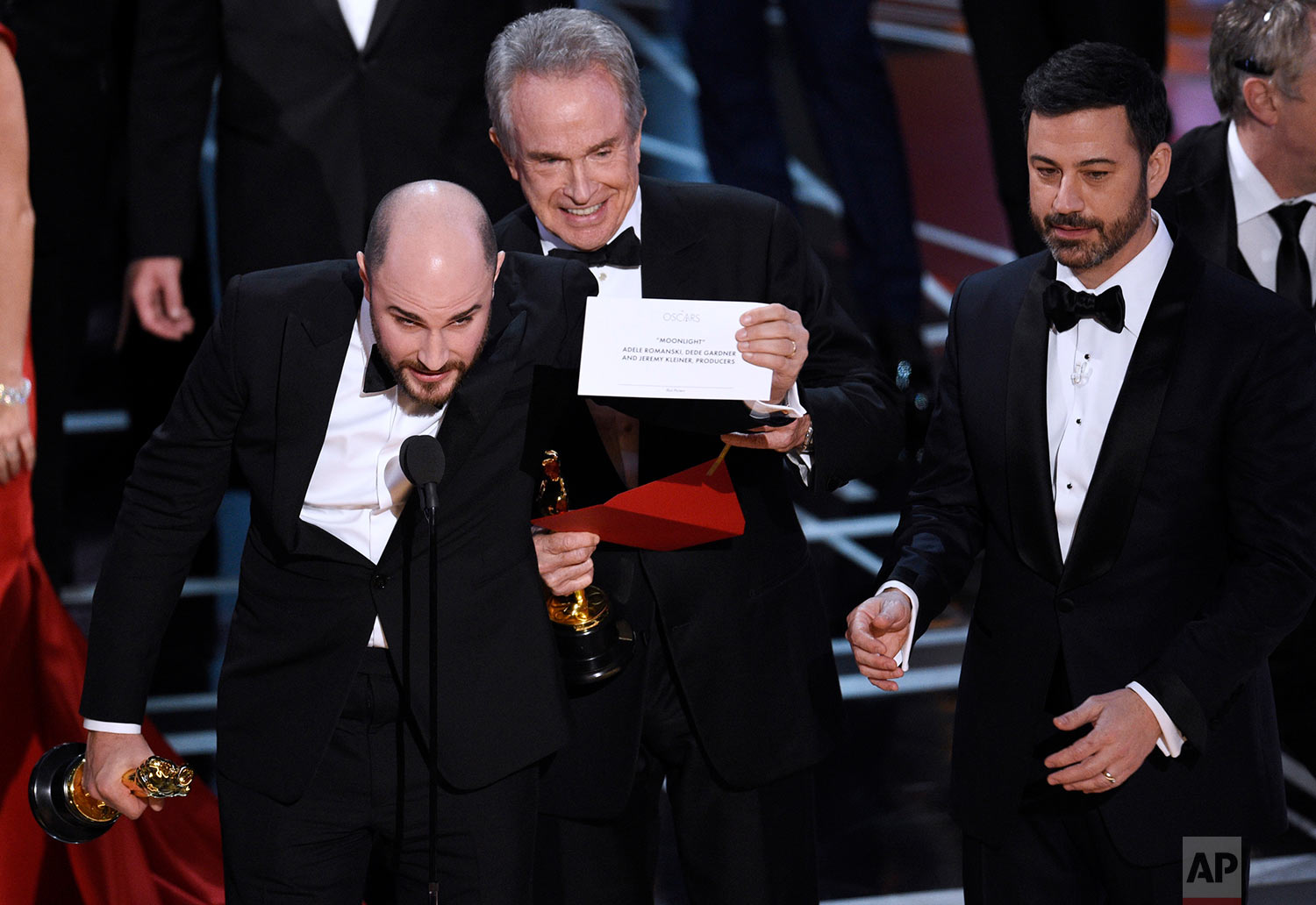
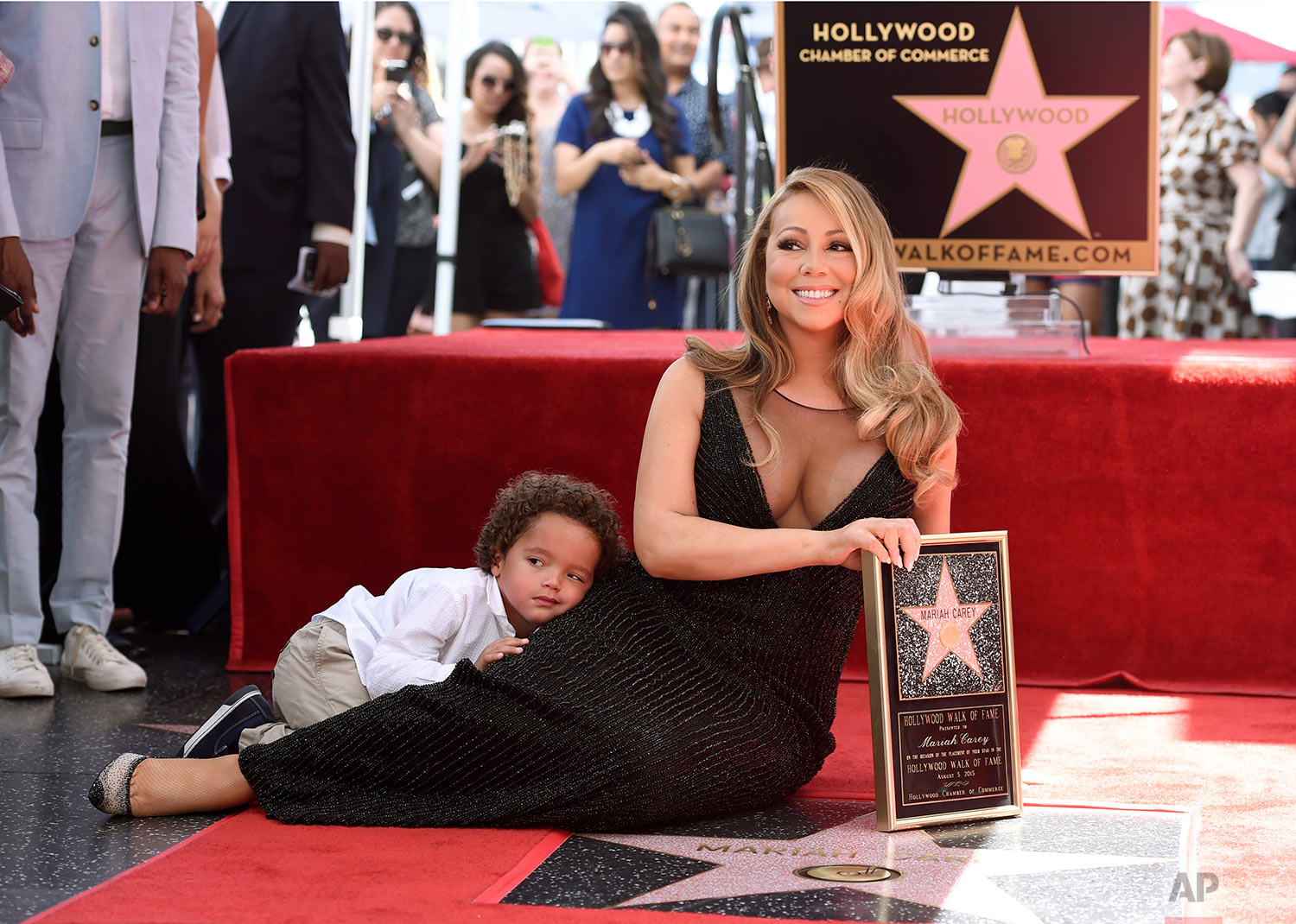
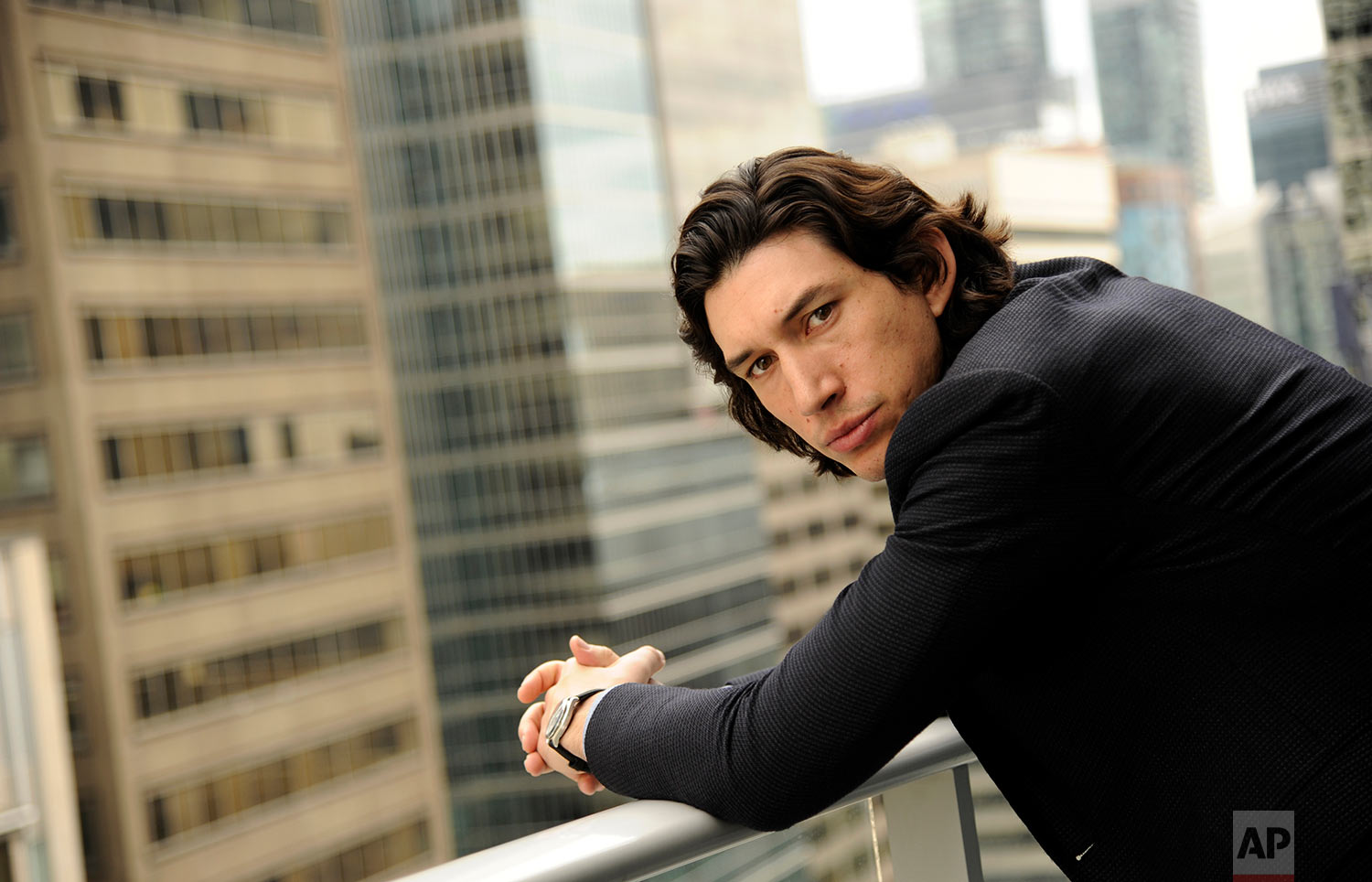
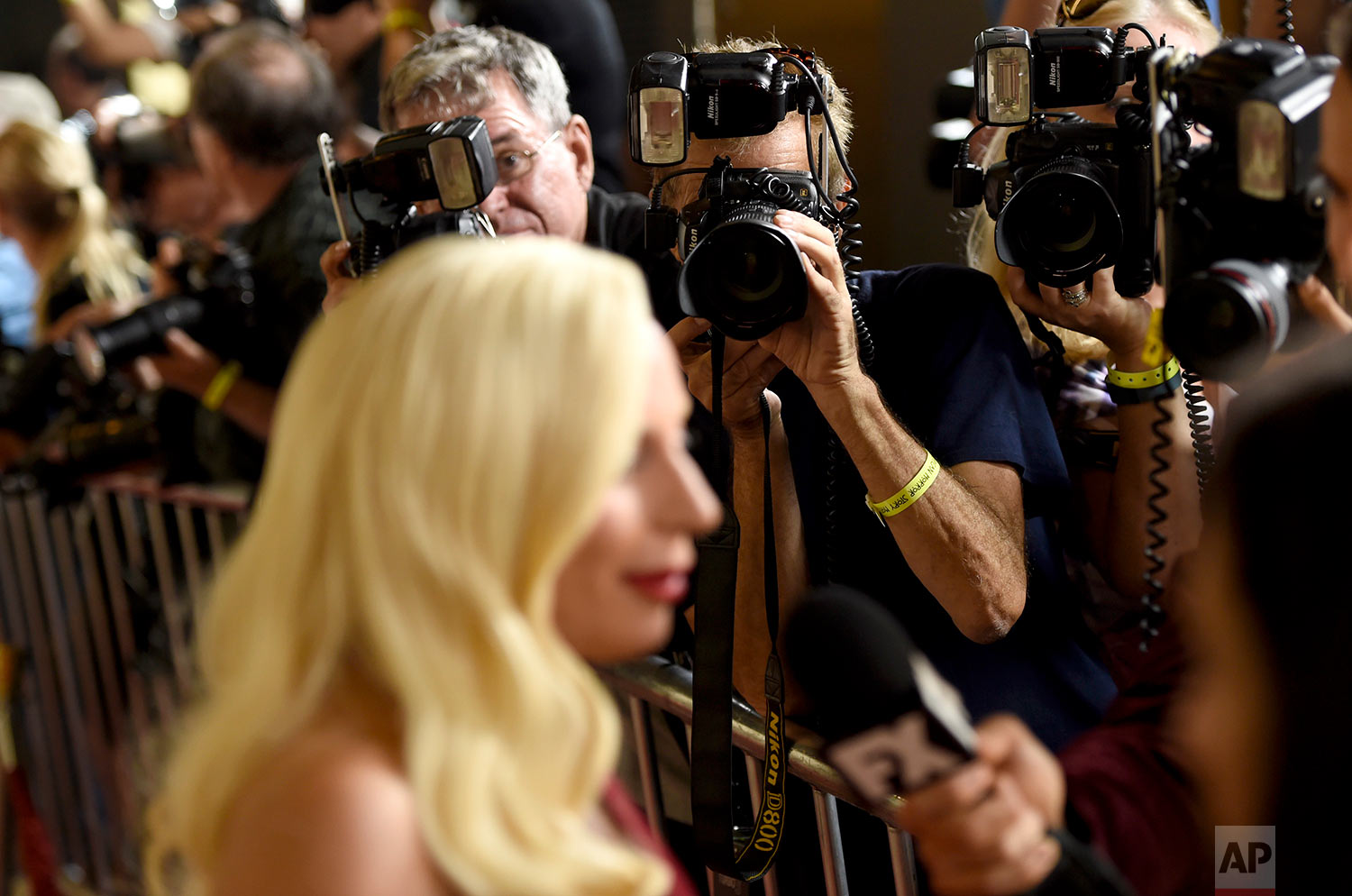
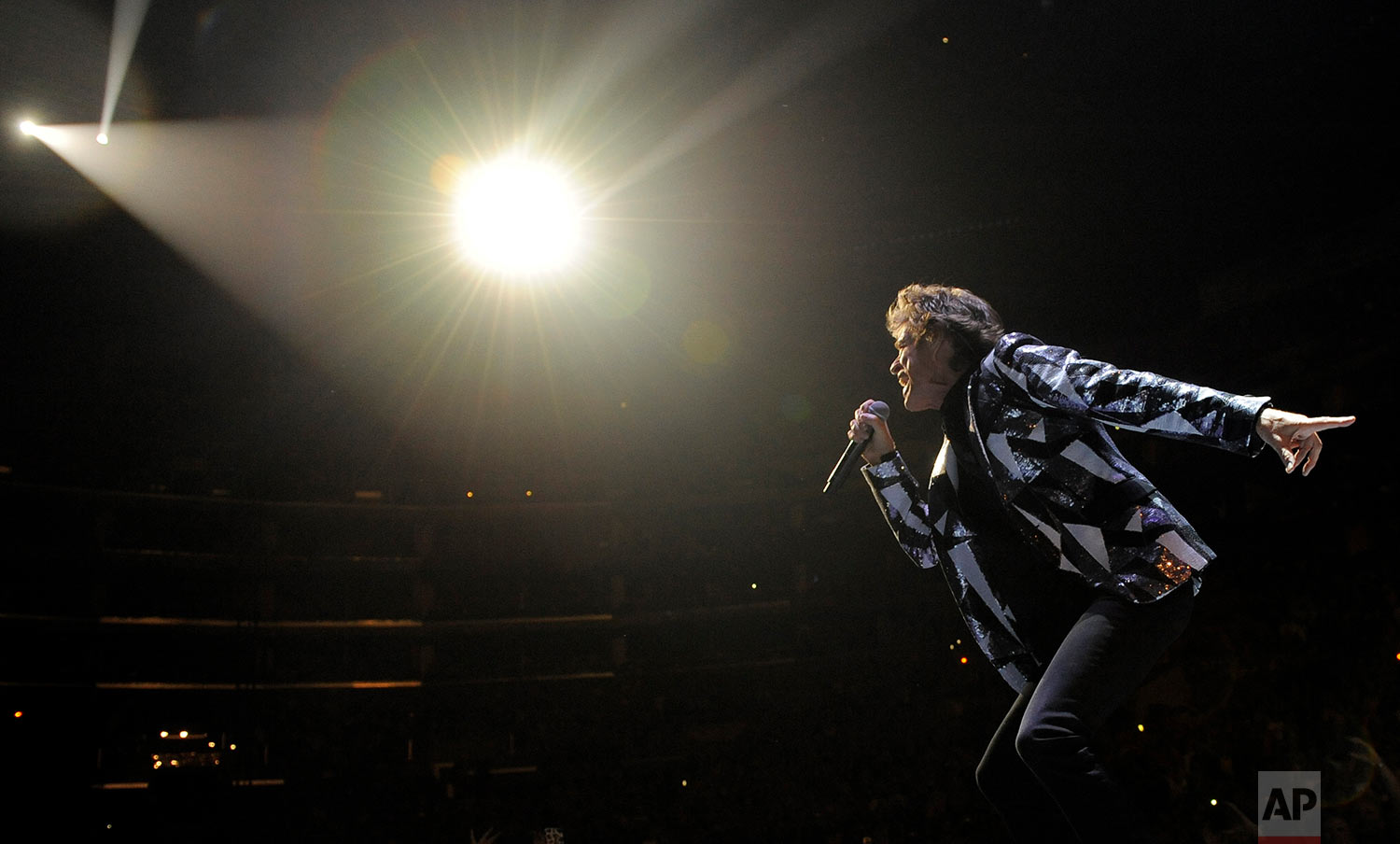
“Photographers tend to get all the credit but you also really need eagle-eyed editors to see these types of moments while all hell is breaking loose.”
What was it like covering 'EnvelopeGate'?
CP: One of my best pictures during the 'EnvelopeGate' incident happened when I was pointing my 600mm lens around the stage looking for reactions from the various filmmakers and cast members. There must have been 100 people on that stage - it was total chaos. I eventually found Ryan Gosling of La-La Land standing on the side by himself and I squeezed off two or three frames. I knew I had something good but it didn’t really hit me until my Twitter notifications just started lighting up after the show. People all over the world were commenting on and retweeting this photo of Gosling’s reaction after the Best Picture mix-up. I think the funniest comment was from some guy in Spain who compared Gosling’s reaction to the Mona Lisa because you could read any number of emotions into his expression - sadness, amusement, bafflement. But this is really one of those photos that you have to give credit to your editors. During the Oscars show, the AP photographer’s camera is tethered - meaning that a hard line is basically going from your camera all the way to their laptops in the editing room, so they’re seeing what you’re shooting almost as soon as you press the shutter. And in a crazy situation like that your natural instinct as a photographer is to start shooting everything like a wild man. So in the midst of shooting all of these images, Paula Munoz and her editing team immediately spotted this moment and cropped into the frame to emphasize Gosling’s facial expression. Photographers tend to get all the credit but you also really need eagle-eyed editors to see these types of moments while all hell is breaking loose.
Do you ever become star struck?
CP: Less and less over the years. Being from the Boston area, where I rarely saw Hollywood celebrities in person, I have to admit, I was a little star struck when I started out covering Hollywood. I remember one of my first celebrity portraits was the singer John Mellencamp, probably back in ’94, ’95. And I’m not a particular fan but I guess I wasn’t used to dealing with celebrities yet. I remember I sweat so much in that shoot that he actually handed me a towel at the end of it. I think he was actually a little bit amused because he could see that I was a rookie, but it’s just a weird thing sticking your camera in the face of a famous person moments after you’ve just met them. To this day, I find it a little bit strange. It’s not the celebrity him or herself that can throw you off but the fact that they’re usually surrounded by a huge entourage.
What's it like working entertainment for AP?
CP: Since I’m so personally interested in the entertainment world, I genuinely respect and admire entertainers. I have absolutely no idea how they do what they do. To have the confidence to sing a song you wrote in front of thousands of people in a stadium or to be able to completely transform yourself into a different person the way an actor like Daniel Day Lewis can - it’s almost a superhuman quality to me. I’ve always been on the introverted side, probably like a lot of photographers. Which is probably why this job is a good fit for me. I’m behind a camera, observing and documenting these people. I’d say working for the AP in particular is a privilege because the brand is so known and trusted we tend to get a little better access than others. We usually are among the first to be placed on a red carpet and we usually are brought inside the venue to shoot concerts or award shows. That’s access that’s denied to a lot of other outlets. And often the AP reach means we get one-on-one access with an entertainer since the interview will literally go out to thousands of newspapers and magazines. So, I don’t think I’ll ever become cynical about shooting a one-on-one portrait with a legend like, say, Al Pacino. And if you do, it’s probably time to hang up the cameras.
This text has been edited for clarity and brevity.
Visual artist and Journalist




